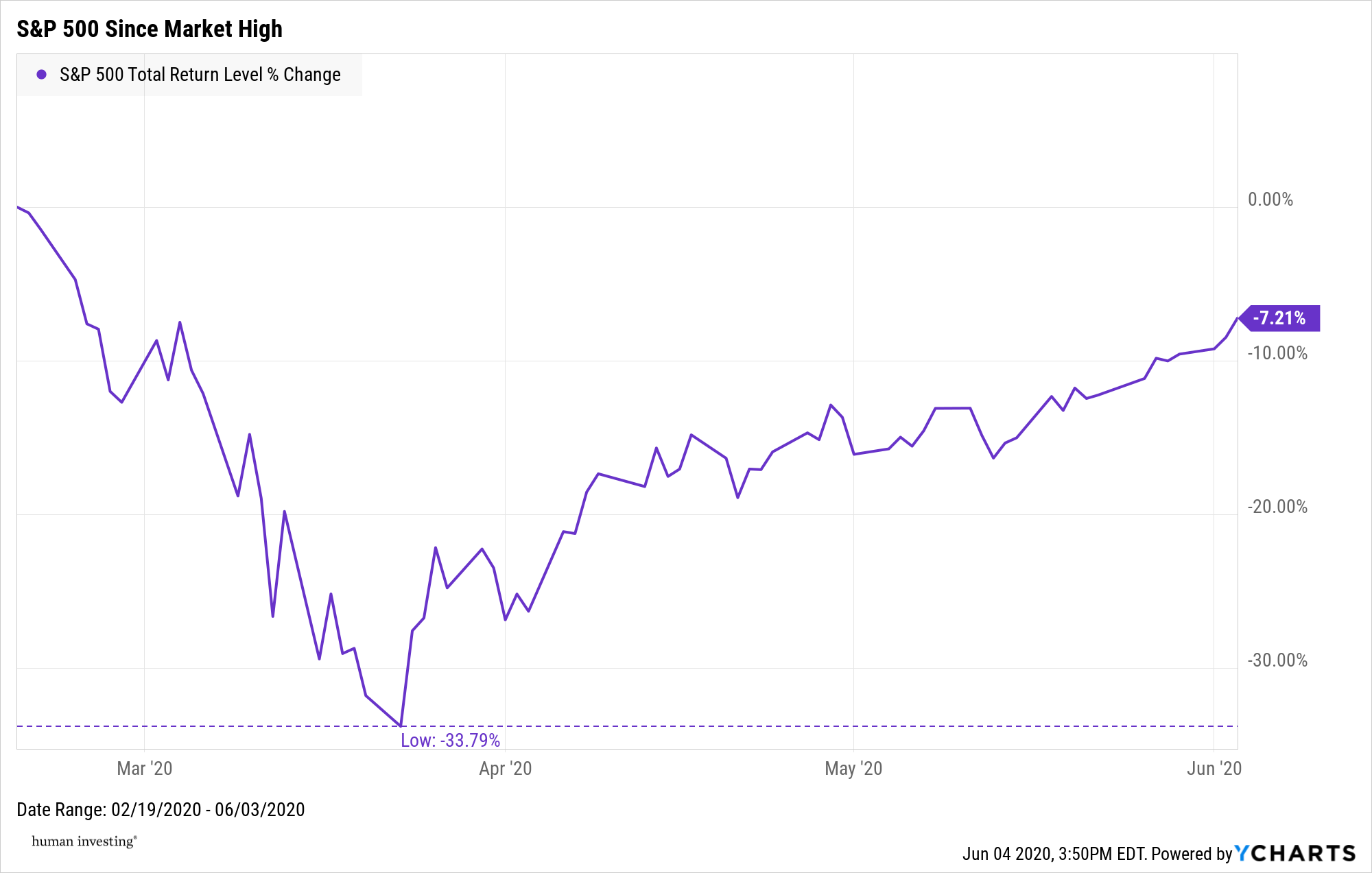Target-date funds – also known as lifecycle funds -- adjust their allocation (stocks, bonds, cash equivalents) as time passes. The embedded strategy allows individual investors to select their target retirement year, and then sit back, relax, and enjoy the ride. While the nature of a target date fund is designed as such, it is still important for investors to periodically review their strategy with a financial advisor.
To help illustrate the different stages, Rachelle Locey has illustrated different life stages for a fictious person, Sophia. For purposes of this example, assume the year is 2020, Sophia is 20 years-old, and she expects to retire at age 65.
**Note: this is an example and not a guarantee of what the Fidelity Fund 2065 (FFSFX) will look like in the future**
Meet Sophia
Age 20: Sophia has a part-time job and some extra dollars to invest. She opens a Roth IRA account and invests in the Fidelity Freedom Fund 2065 (FFSFX). With nearly 45 years before retirement, she can benefit from the potential growth of equities and other long-term assets. In 2020, her asset allocation looks like this:
*all percentages are rounded*
Age 25-45: Sophia switches employers three times and works full-time at each job. Her same target-date fund (FFSFX) maintains a consistent asset-allocation during the first twenty years of her career. Even though she is getting older, Sophia is still categorized as a young investor.
Age 50: It is not until Sophia is age 50 that her Fidelity Freedom Fund will experience a noticeable shift in asset allocation. She is now considered a middle-aged investor since her expected retirement age of 65 is only 15 years away. The fund starts to move some dollars out of stocks into more conservative investments.
Age 55: Sophia is still considered a middle-aged investor. Since these dollars are geared towards retirement, the fund will continue to shift away from equities and towards less risky assets.
Age 60: Sophia’s retirement is only 5 years away! Once again, her asset allocation will shift away from equities and towards less risky assets that are designed to protect her hard-earned dollars.
Age 65: It is time to retire! Sophia has worked full-time for nearly 45 years. Since she no longer expects to earn income from an employer, she will begin to make withdrawals from her retirement account to support her daily life. As such, her asset allocation is expected to look something like this:
Age 70+: Even though Sophia has reached her target year of retirement, her target-date fund will continue to exist. Human Investing wrote about what happens to target date funds after they reach the target year here.
Takeaways
There will be many life changes and developments between now and retirement. However, one thing will remain consistent: target-date funds continue to evolve over time. These funds remove the guessing game and can help an investment build a portfolio based on their time horizon.
Because the changes happen behind-the-scenes, investing in a target-date fund is one of the simplest ways to grow a retirement savings during earning years and protect savings during retirement years.


































































































